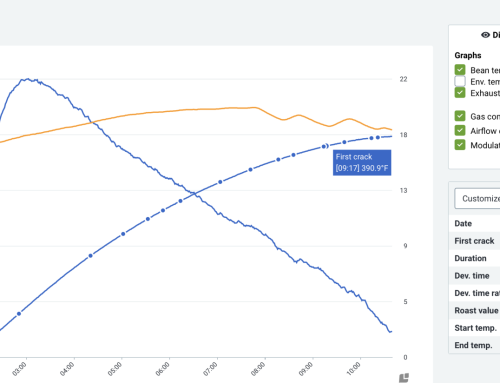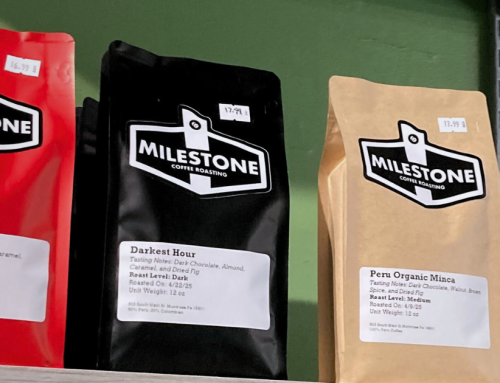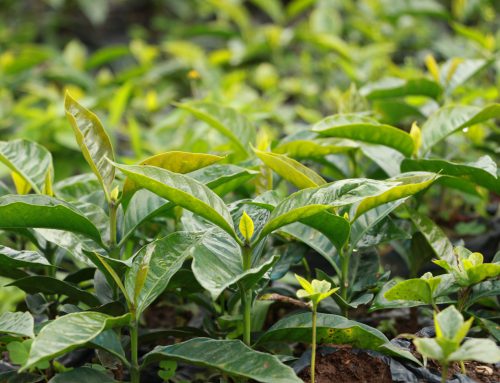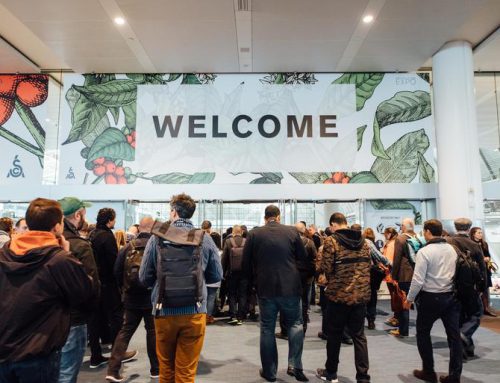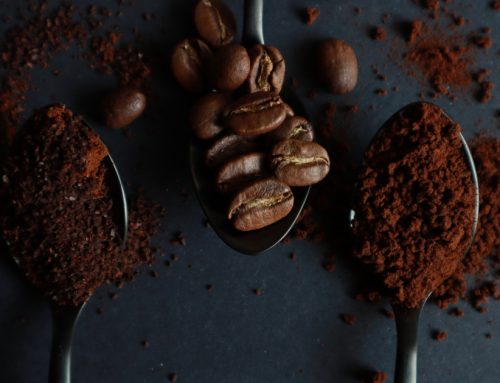Adapting to Change in Coffee
One of the great challenges in roasting coffee is consistency. But consistency can mean many things—variance from roast to roast, a machine with a mind of its own, the coffee itself, and countless other factors.
Coffee is ever-changing. It’s a crop, impacted by weather patterns and subject to good and bad seasons. Even if the same producer grows, harvests, and processes coffee in the same place every year, Mother Nature always has her own plans. If there’s one certainty, it’s that time and nature are undefeated.
I talk to countless roasters every week, and all of them prioritize consistency. Most prefer keeping the same coffees in stock season after season—think Genuine Origin’s Roastery Essentials—because customers, both wholesale and home brewers, value reliability.
At first glance, some people resist change, making it difficult to sell and educate customers about why, for instance, a roaster has Peru instead of Guatemala this season. Many just want their coffee! But fortunately, there are ways to navigate shifting availability and maintain quality despite the ever-changing market.

Fresh roasted coffee Img by Juan Pablo Serrano from Pexels
Limited Availability
As I write this, Genuine Origin – like other importers – has limited availability on many of the coffees you are used to seeing. This is the result of numerous factors including: the coffee market’s current volatility; logistical disruptions in Colombia, Brazil and Peru, the new harvest in Central America, European importers and roasters scrambling to get ahead of EUDR, and, of course, production shortages in Brazil.
All of the above have changed the coffee landscape. It’s harder to get coffee these days and when you contract it, it takes longer to show up because of port congestion! Fortunately, we will see a surge of offerings in the coming weeks! We are looking forward to Organic Honduras, Guatemala, Colombian regional lots and Microlots, as well as a copious selections from Kenya & Tanzania.
In the meantime, what’s to be done about consistency? As mentioned previously, most roasters want to buy the same coffees and stock up month after month, year after year. This leads to less variability in offerings, less questions from customers, and, possibly, better consistency with your product. Since this may not be an option right now, here are some tips on how to overcome the turbulence we are now seeing.

Fresh roasted coffee beans Img by Изображения пользователя Yaroslav Astakhov
What’s a Roaster to Do?
The name of the game right now is substitutions. Roasters are now going to want to focus on sourcing and roasting toward a target profile more than sourcing based on the fact that the coffee comes from the same farm, region, or country as they had previously bought.
Some coffees are one of a kind. We all have a coffee that we cannot forget. I have around 10 of them that linger in my memory. These coffees cannot be replaced or replicated. These stand out for a reason, and not every coffee can be a one in a million experience. They don’t come around quite as often. It’s a different story when it comes to coffees that are your daily drinkers, your blends, the coffee for the everyman. These are the backbone of most coffee businesses, so we must adapt when we can’t get our hands on exactly what we need.
Let me define roasting and sourcing for a target profile. This is the process in which you choose and roast coffees based on target flavor and characteristics, rather than targeting a specific region when the coffee from before is unavailable. Many coffees have similar enough characteristics to be used interchangeably. Some coffees can be roasted in a similar manner in order to achieve similar results. Then, there’s a combination of the two.
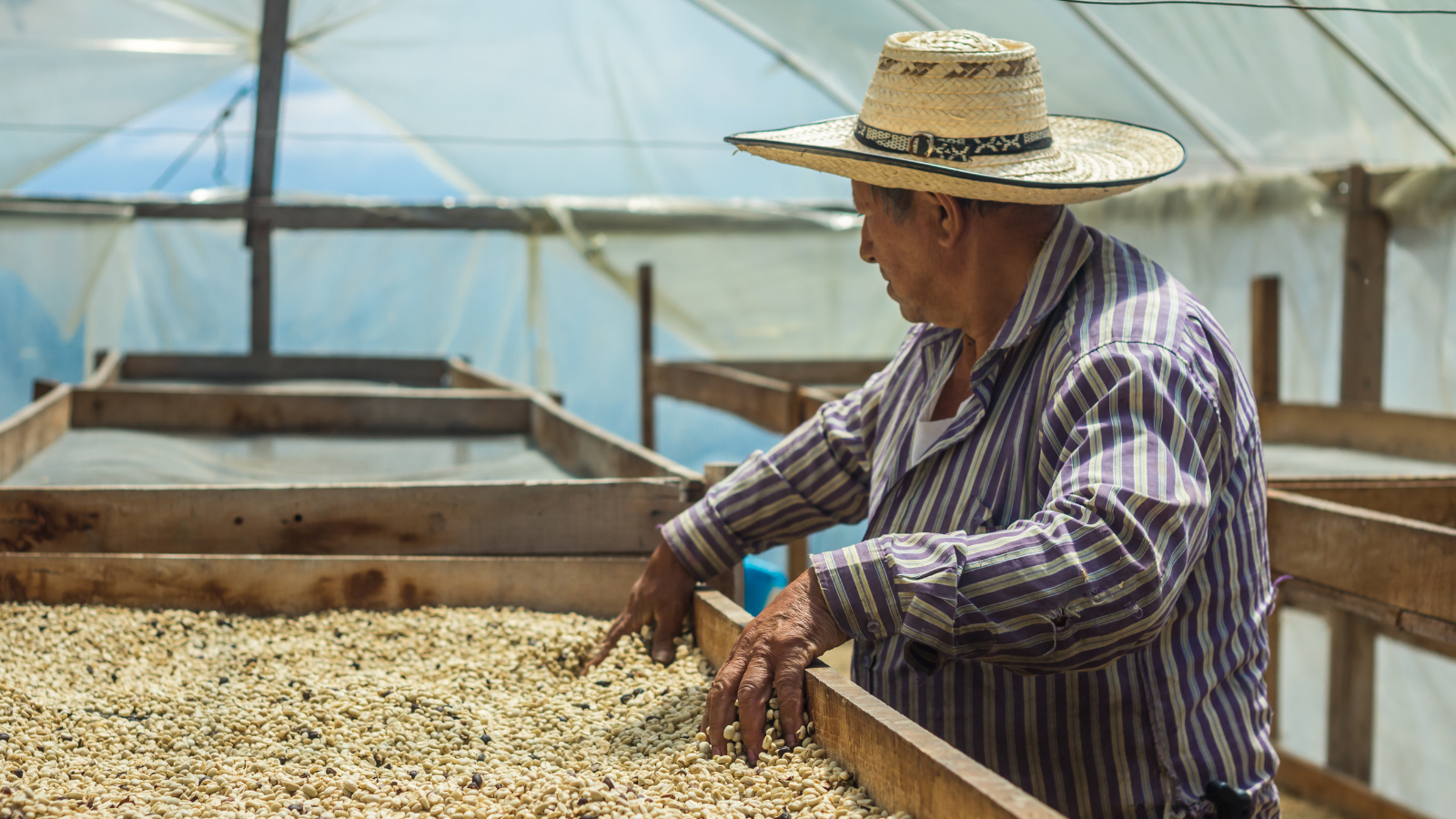
Colombian coffee farmer with microlots in solar dryer
It All Starts with the Green
The easiest way to achieve a similar tasting coffee is to buy a similar coffee. Everything regarding quality starts with the quality of green. It isn’t possible to take a coffee scored at 84 and somehow roast it in a way that earns it a score of 87. From the ground level, you must choose green based on its inherent characteristics. There is some wiggle room around the edges when it comes to the roasting process, which I will get to in another section. For now, here’s what I think about when trying to source substitutive coffees.
Brazil: sub with other Brazils
- The benefit of Brazilian coffee is its agreeability. It has mass appeal, it’s easy to blend. Light to medium body, chocolate and nutty notes. If you’re out of a specific Brazil and cup a bunch of substitute options, I would bet the house that you’ll find something comparable.
Guatemala: sub with Peru, Mexico, Honduras
- Guatemala is a little bit trickier to find substitutions for because the region tends to have a lot of depth and diversity. That doesn’t mean it’s impossible! Depending on what flavors you’re targeting in a coffee, you will find a similar one in these other Central / South American regions. Whether it’s for blending or single origin, you’ll find nice notes of chocolate, caramel, apple, and citrusy acidity.
Honduras and Mexico
- In my experience, Honduras and Mexico are almost interchangeable in blends. They have a lot of similar characteristics, which makes it tough for most coffee drinkers to tell the difference. The two origins even have similar price points! You’ll get a sweet drinking experience, typically with notes of dried fruit, chocolate, caramel, brown sugar, and some nuttiness. If a roaster wants to upscale, coffees from Guatemala will also fit.
Ethiopia: sub with Tanzania, DR Congo, Kenya
- Ethiopia is the birthplace of coffee, and coffee from Ethiopia tends to be the north star for many roasters. If sourcing for a blend component, you can make a replacement of anything with a higher, lemon-lime type acidity. When replacing Ethiopia as a single origin, customers will take to more delicate coffees from Tanzania, Kenya, and the DR Congo for their light to medium bodies, floral tones, and citrus to tropical acidity.
Uganda, Rwanda, and Burundi
- There is something very specific about these regions. It has been described to me by another coffee professional once as a marked “starchiness” that is identifiable. I think sometimes it’s more tactile than anything. These three countries are stacked on top of each other and share similarities in terroir, which can be believed to have implications on flavor and quality of coffee. They may taste very sweet, honeyed even, chocolatey, and they can even be fruit bombs sometimes.
PNG and Sumatra
- These are in the earth-forward category of coffee from me that offer something that most other origins do not. Anything tobacco forward will present that similarity up front, especially when blended. When using for single origins, the customers who like dark chocolate, pipe tobacco, and earthiness will enjoy PNG, Sumatra, and at times, even India all the same.
Unique processes
- There is no greater contribution to the overall flavor of coffee than its processing method. There are infinitely different processes now due to experimentation around the globe. The basics are washed, natural, and honey. When looking to substitute out coffees with unique processes, it’s sometimes as simple as looking for others which were processed the same. Replace a natural with a natural, and so on. The closer to the original region, the better, but it all depends on what you’re trying to do. It may be easier to sneak a different coffee into a blend because you’re only looking for a little bit of ferment flavor than to find a coffee that tastes similar for a single origin. Usually, a super unique process coffee is a selling point, so hopefully customers are excited about something new.

Cupping table Img by David Ferencik from Getty Images
Tapering Around the Edges – Roasting for Profile
Roasting is not a magical act, in that, contrary to popular belief, no dark arts are behind the act of applying heat to green coffee to turn it brown. Along with that, there’s no manipulation that can happen to turn a Brazil from tasting like itself into a floral Ethiopian coffee. I will remind the reader; it all starts with the green. Now, if you’re starting from a similar point with your green coffee, there definitely is some tapering around the edges in the roast process in order to get other results. You can read all about manipulating the roast process in the Rob Hoos book Modulating the Flavor Profile of Coffee, one of the great scientific approach based books about coffee in my time as a roaster.
This can be a complex topic so I am going to summarize what I think is important. I want to reiterate that the more similar the coffee you are roasting is to the last, the better. A roaster always wants to be sure to follow best practices which treat roasting as an experiment, for repeatability and consistency.
Manipulating Acidity
- Acidity is the overall perceived flavors in a given coffee. Sometimes, I like to think about it more as how a coffee makes your mouth and tongue feel. If the acidity is too little or too much, it can be worked with in the roasting process. Acidity can be manipulated through many different methods – the easiest is to make the roast hotter and faster. This typically leads to an increase in acidity. You can change the shape of your roast curves to do this, or the opposite. Lower the heat and make the roast longer if you’re trying to lessen acidity, and make a more mild coffee.
Manipulating Body
- Generally speaking, the greater the development in a roast cycle, the more body a coffee will have. But, there is a point of diminishing returns once you get into very dark territory. If you’re trying to get more body out of a coffee to replace a component of a blend, you can try to roast it for longer, or develop it more internally by starting with a higher charge temperature.
Interplay Amongst Variables
- In Scott Rao’s book, The Coffee Roaster’s Companion, there is a chart displaying how the variables (acidity, aroma, body, and bitterness) are a moving target that have an impact on one another as a roast progresses. There will always be some sort of tradeoff in the roast process, affected by the other variables.

Barista brewing a pour over – Img by Smith Assavarujikul from Getty Images
Coffee is a Moving Target
In my experience throughout the years working as a roaster, barista, tech, importer, and all around coffee guy, what I’ve learned is that we’re always trying to hit a moving target. We’re all crazy to have chosen such a volatile artform, but I’m sure myself and other coffee people would not have it any other way. The market will move. Coffee will change. People’s palates will change and continue to evolve. The climate will change. All of these statements are as true as time, tide, and gravity. Luckily for you, reader, the folks at Genuine Origin will always be here along the way to assist, educate, and be there for you to help you through.

